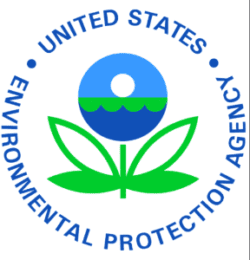On this page:
- What are ozone standards?
- How are the standards developed and reviewed?
- What scientific and technical information supports review of the standards?
What are ozone standards?
National Ambient Air Quality Standards (NAAQS) for ground-level ozone, or ozone pollution, specify a maximum allowed measurement for ozone (O3) to be present in outdoor air. Limiting ozone pollution in the air protects human health and the environment.
- See information on decision.
- See the 2015 ozone NAAQS .
- See the 2008 ozone NAAQS .
How are the standards developed and reviewed?
The Clean Air Act requires EPA to periodically review all of the National Ambient Air Quality Standards to ensure that they provide adequate health and environmental protection, and to update those standards as necessary.
As part of the ozone standards review process, EPA publishes a detailed plan. The review plan describes all the scientific assessments and other documents that help EPA decide whether or not the current air quality standards for ozone are still protecting human health and the environment from harmful exposure. Based on this, EPA either changes the standards or keeps them the same.
- Learn more about the standards review process.
- View a timeline of the ozone NAAQS to get an overview of how the standards have changed over time.
What scientific and technical information supports review of the ozone standards?
The various documents published during the review process include multiple drafts of plans and assessments, reports from the Clean Air Scientific Advisory Committee (CASAC), and Federal Register notices.




